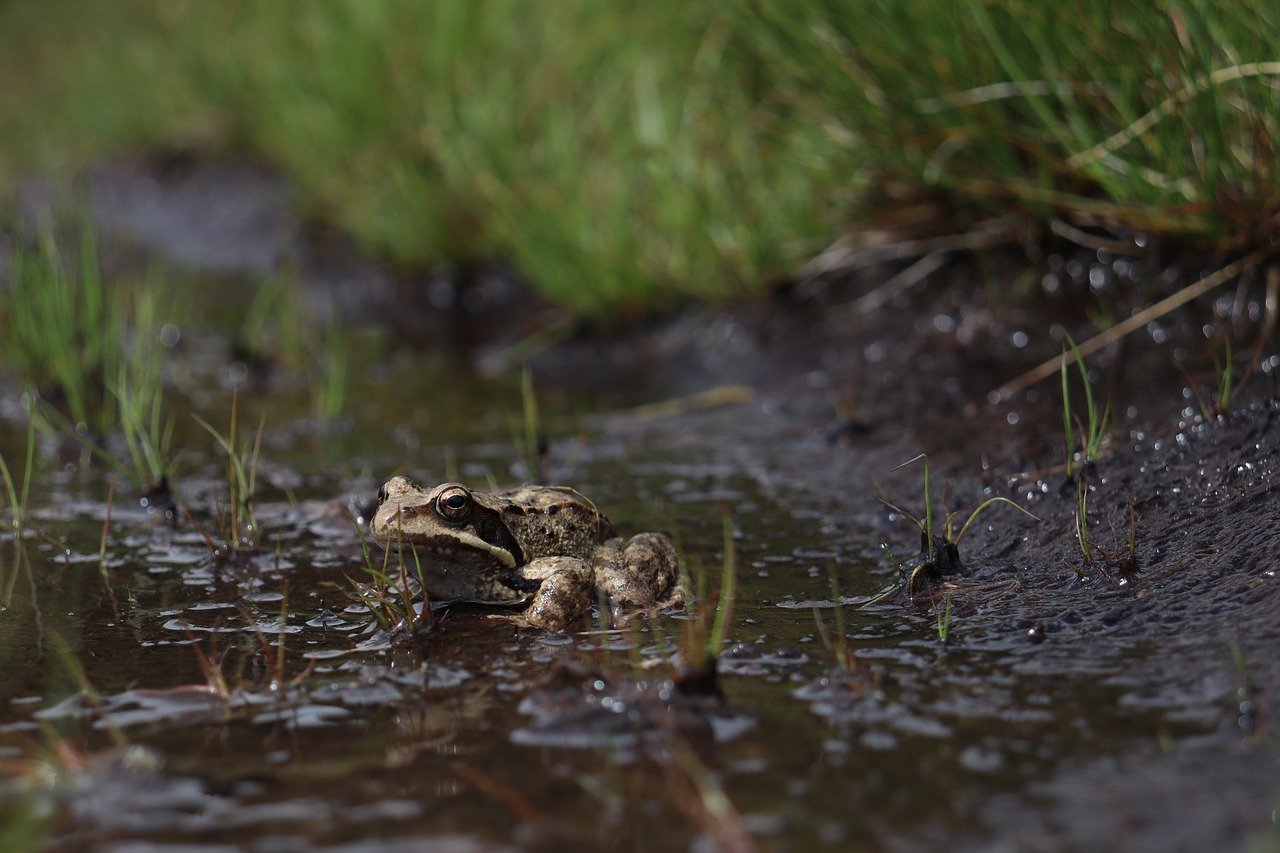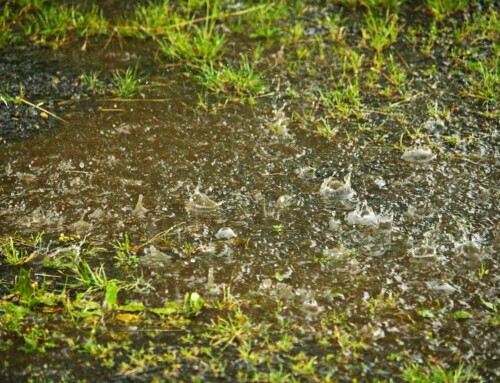Living in Florida during the summer months means enduring many torrential rainstorms. The rain occurs nearly every day and can dump a large amount of water in a very short period of time. While you may think that this only causes a muddy or soggy mess, protecting trees from oversaturated ground is crucial for their health and longevity. Oversaturation can lead to root rot, reduced oxygen availability, and other detrimental effects. The oversaturated ground can also result in dangerous conditions, especially as tree roots become unstable and hurricanes deliver catastrophic winds.
This article will examine how homeowners can take proactive measures to protect their trees from the oversaturated ground that can occur during this season.
Protecting Trees from Oversaturated Ground
- Improve Drainage: Start by assessing the landscape to understand why the ground is oversaturated. Identify low-lying areas where water tends to collect and areas with poor drainage. Modify the landscape’s grading to direct water away from tree roots. This can be done by creating gentle slopes or contours that help water flow away from the tree’s root zone. Install drainage systems like French drains, surface drains, or underground piping to redirect excess water away from the tree. French drains, for instance, consist of a perforated pipe surrounded by gravel that collects and channels water away. Add Soil Amendments: Improve soil structure by incorporating organic matter such as compost or well-rotted manure. This enhances the soil’s ability to absorb and retain water, reducing waterlogging.
- Tree Planting Techniques: Plant trees in raised beds or mounds to elevate their root zones above the saturated soil level. This ensures better aeration and reduces the risk of root rot. Ensure trees are planted at the correct depth. The root flare (where the roots start to spread out) should be level with the soil surface to avoid water pooling around the trunk.
- Monitoring and Maintenance: Monitor the health of trees regularly. Look for signs of distress such as yellowing leaves, root rot, or stunted growth, which may indicate issues with soil saturation. Use tree aeration techniques like soil injectors or air spades to improve soil structure and enhance root oxygenation. This can help mitigate the effects of oversaturation. Regularly prune trees to maintain a balanced canopy. This helps reduce the water uptake demands on the roots and can improve overall tree health.
- Utilize Ground Cover and Mulch: Plant ground cover species that can absorb excess moisture and stabilize the soil. Plants like creeping junipers or sedges can help manage water levels around trees. Apply a layer of organic mulch around the base of the tree. Mulch helps regulate soil moisture and temperature, and it can absorb and slowly release water, reducing soil saturation. Be sure to check and replenish mulch as needed after significant storms. (Read more about the protective qualities of organic mulch.)
- Adjust Watering Practices: While many Floridians have automatic irrigation systems, it is important to avoid overwatering, particularly during periods of heavy rainfall. Adjust irrigation schedules based on weather conditions to prevent adding unnecessary moisture to already saturated soil. Use slow-release watering systems that deliver water gradually to prevent sudden increases in soil moisture. Drip irrigation systems can be particularly effective for controlled watering.
- Install Physical Barriers: Place permeable barriers or landscaping fabric around tree bases to control water flow and prevent direct water pooling around the trunk. Try surrounding the tree with a layer of rocks or gravel. These materials can help improve drainage by allowing water to flow more freely through the soil.
Now is the Time to Prepare for Oversaturation
Protecting trees from oversaturated ground involves improving drainage, adjusting planting techniques, monitoring and maintaining, and employing various physical and plant-based solutions. By taking these measures, you can help ensure that trees remain healthy and resilient, even in challenging conditions. (Read more about preparing trees for hurricanes.)
Should you need to dispose of dead trees or pruned branches prior to a storm – or to have felled trees removed after a storm, call Veransa. We are Florida’s trusted partner for wood and yard waste removal, recycling and repurposing.




